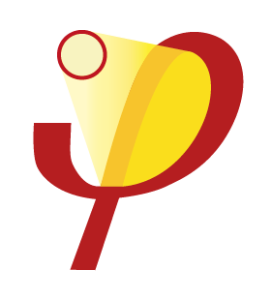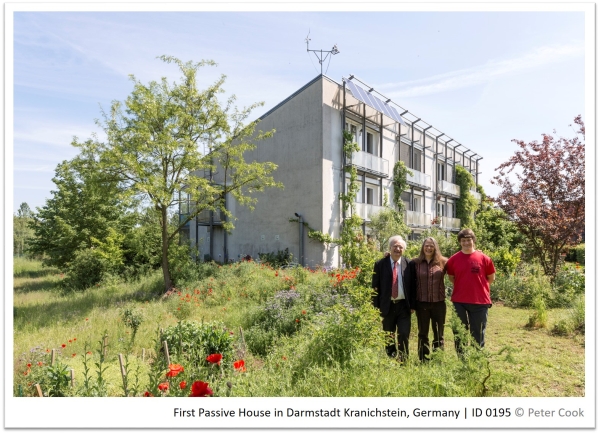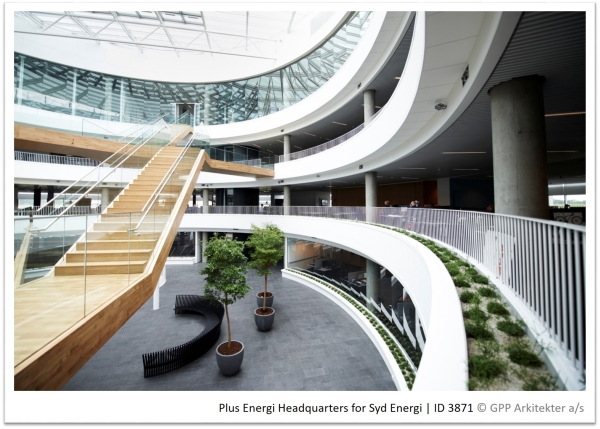1. How does a Passive House work?
2 - Further material
History of the Passive House concept
In 1988, Dr Wolfgang Feist and Bo Adamson started to research further the idea of a "House without heating" meeting the common comfort criteria in Central Europe. The first Passive House was finally built in 1991 in Darmstadt Kranichstein, Germany. The dwelling was monitored in detail: for more than 25 years, it has been consuming on average less than 10kWh/m²a heating energy!
In the meantime the Passive House concept first spread throughout Europe and rapidly gained more interest internationally. There are currently over 60,000 residential and non-residential units in existence worldwide. The current objectives are to continue reducing additional construction costs for Passive House buildings and further adapt the concept worldwide. Since 2015, a special recognition is given to projects generating renewable energy and having an even higher overall energy efficiency than a traditionnal Passive House: Check out the new Passive House Plus and Premium classes!Going into details
If you would like to get more technical information about the Passive House standard, you are welcome to have a look at our green brochure. In addition to that, you will find more in-depth articles on the Passipedia website. Whether you are interested in new build, retrofits or the link between Passive House and renewable energy supply, you’ll soon have a better overview of the Passive House concept's numerous application possibilities!
And for those who want to go even further, why don’t you check another Passive House e-learning course or take part in some in-class training?

